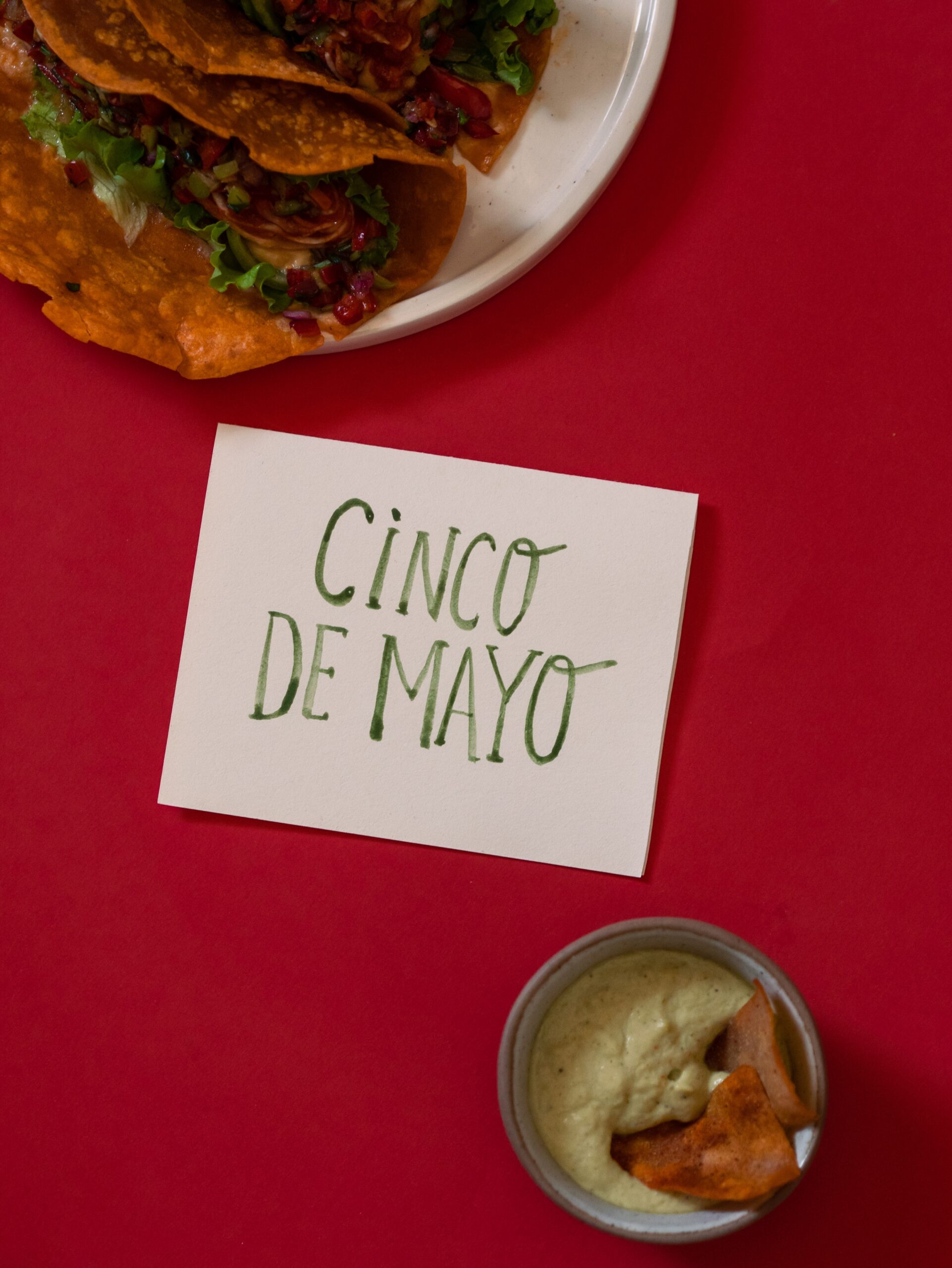
For teachers, the month of May is always a whirlwind–testing, projects and presentations, festivals and graduations, etc. As a former Spanish teacher, Cinco de Mayo always felt like a culmination. While food days and celebrations in class never disappoint and are loads of fun, I have always felt it was imperative that students have the full context behind the festivals and holidays we chose to observe in class. I would spend weeks educating students about the history and culture leading up to Cinco de Mayo. Despite all of my instruction and intentionality around Mexico’s independence day in September, inevitably, I would not get through May 5th without hearing at least one person proclaim “Happy Birthday, Mexico!” or say it was Mexico’s “4th of July.”
Unfortunately, this misconception is not limited to students but is also common among adults in the US. While Cinco de Mayo marks an important battle that occurred during France’s occupation of Mexico in 1862, it is not Mexico’s Independence Day. By this time, Mexico had already gained its freedom from Spain but was facing occupation by the French due to political debts. Cinco de Mayo celebrates a victory for the Mexican people of Puebla (a small town close to Mexico City) who, in spite of insurmountable odds, were about to defeat the French armies. This marked a turning point for the Mexican people during this conflict and was later adopted as symbolic by Mexican Americans and other Latinx during the civil rights movement. Because of this, Cinco de Mayo is largely a US celebration and is not celebrated in Mexico outside of Puebla. For reference, it would be similar to the notion of folks in the United States celebrating “Gettysburg Day.”
Misconceptions and lack of awareness around Cinco de Mayo can lead to the perpetuation of harmful stereotypes, tropes, and cultural appropriation. While it’s perfectly fine to enjoy some great Tex-Mex or Mexican food and mariachi music on this day, please refrain from donning fake mustaches, oversized sombreros, using sombreros as a cup bowl, and wearing ponchos. When folks reduce Mexican culture to these elements, students and adults alike are robbed of seeing the true beauty of the history behind Cinco de Mayo and the value of diversity in Mexico and other countries of Latin America. Additionally, the words “cinco de mayo” literally mean “the 5th of May,” so it does not make sense to substitute other words for the month such as “Cinco de Taco,” etc.
Below you will find links to articles for more information on Cinco de Mayo celebrations, a link to a video to share with students, and a brief (not exhaustive) list of ways to celebrate Cinco de Mayo authentically and to show continued support to the Mexican- American and Latinx community.
Learning for Justice- What is Cinco de Mayo?
Cinco de Mayo- PBS kids video
Celebrating Cinco de Mayo without appropriation: